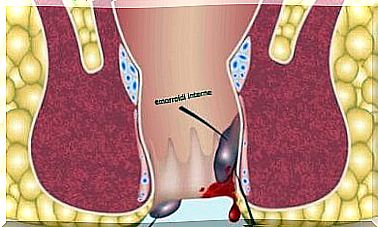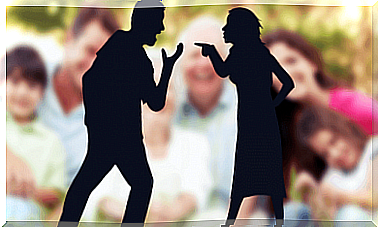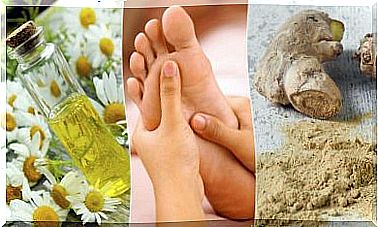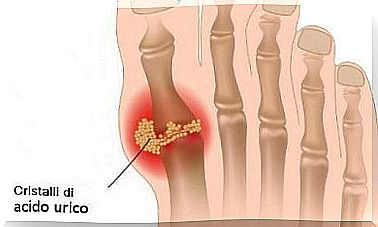Bruxism: What Is It And How Is It Recognized?
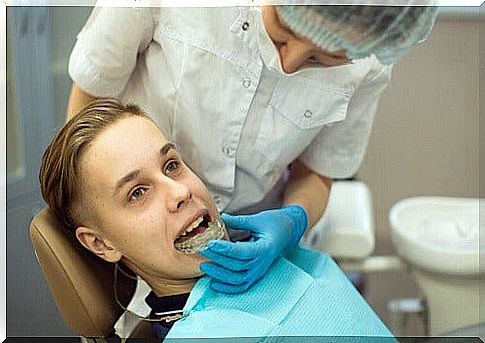
Many people wake up every day with facial muscle pain or a headache. It is likely that, without realizing it, they gritted their teeth and jaw while sleeping. This phenomenon is called bruxism. Read on to know what bruxism is all about.
What is bruxism?
As confirmed by a publication in the Journal of International Oral Health , bruxism is a problem of the temporomandibular joint (TMJ) located between the temporal bone and the mandible.
This joint allows the mandible to open, close and move laterally. It is also linked to dental occlusion and the neuromuscular system, and allows us to perform actions such as chewing, swallowing and speaking.
Disorders of this joint lead to an alteration of the mandibular muscles and adjacent structures, causing damage to the joint and to the musculature that connects the mandible to the temporal bone.
At the same time, the joint between the cartilaginous disc and the part of the jaw attached to it (condyle) is compromised. The severity of the disorder can increase, determining the different stages of the disease. Among the most frequent causes of this disease we find:
- Muscular pain
- Skeletal asymmetry
- Arthritis
- Degenerative disorders
- Inflammatory diseases of the tempero-mandibular joints
- Stress
- Malocclusion
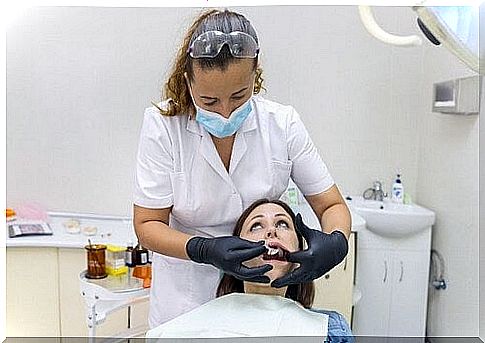
Symptoms
Although the symptoms of bruxism may vary from one patient to another, some are indicative of the condition and can facilitate diagnosis. Bruxism can manifest itself with:
- Constant headache and neck pain
- Disorders of the facial muscles or teeth
- Contractures of the teeth
- Worn, fractured, broken and hyper-mobile teeth
- Dental sensitivity
- Pain similar to earache
- Sleep disorders
- Bites on the inside of the cheek.
How do you identify?
To accurately diagnose bruxism and TMJ disorders, an inspection of the oral cavity with possible radiography or magnetic resonance imaging may be necessary. These will also allow you to check the condition of the disc and condyle.
Once the problem has been identified, treatment must be started as soon as possible to restore the patient’s quality of life and avoid more serious problems. If you do not intervene in time, the treatment may be less effective. For this reason, at the first sign, it is recommended to request a dental visit.
Types of bruxism
This pathology can be diurnal or nocturnal. In both cases the symptoms are similar.
- Daytime bruxism is linked to external psychosocial or environmental stimuli.
- Night bruxism is a muscle disorder that generates involuntary jaw movements that cause teeth to grind during sleep.
How to treat bruxism?
According to what was published in the National Center for Biotechnology Information, it seems that bruxism should be treated differently depending on the triggering factors. First, it is desirable to receive a diagnosis. Once the underlying problem has been identified, the doctor can opt for the following treatments:
Anti-inflammatory drugs
The use of drugs is one of the most popular options. Among the best ones to combat bruxism we find analgesics and anti-inflammatories, which work by reducing inflammation and pain typical of the disease.

Bite (mouthguard)
It is a device used to correct the position of the condyles and gradually relax the muscles. It also protects the teeth from wear and tear due to constant clenching, and improves the quality of sleep.
The bite is custom built for each patient and is worn to sleep. It is the only treatment that can permanently correct the symptoms of bruxism.
Visit to the physiotherapist
With the help of a physiotherapist, you can work on a series of procedures aimed at recovering the function of mobile structures, by learning therapeutic movements. They are used to relax the chewing muscles and eliminate possible contractures.
Definitely
Bruxism can cause dental problems as well as lead to symptoms such as headaches, tension and discomfort in the muscles. If you suspect that you suffer from it, consult your doctor and dentist immediately: an early diagnosis is essential for the success of the treatment.



